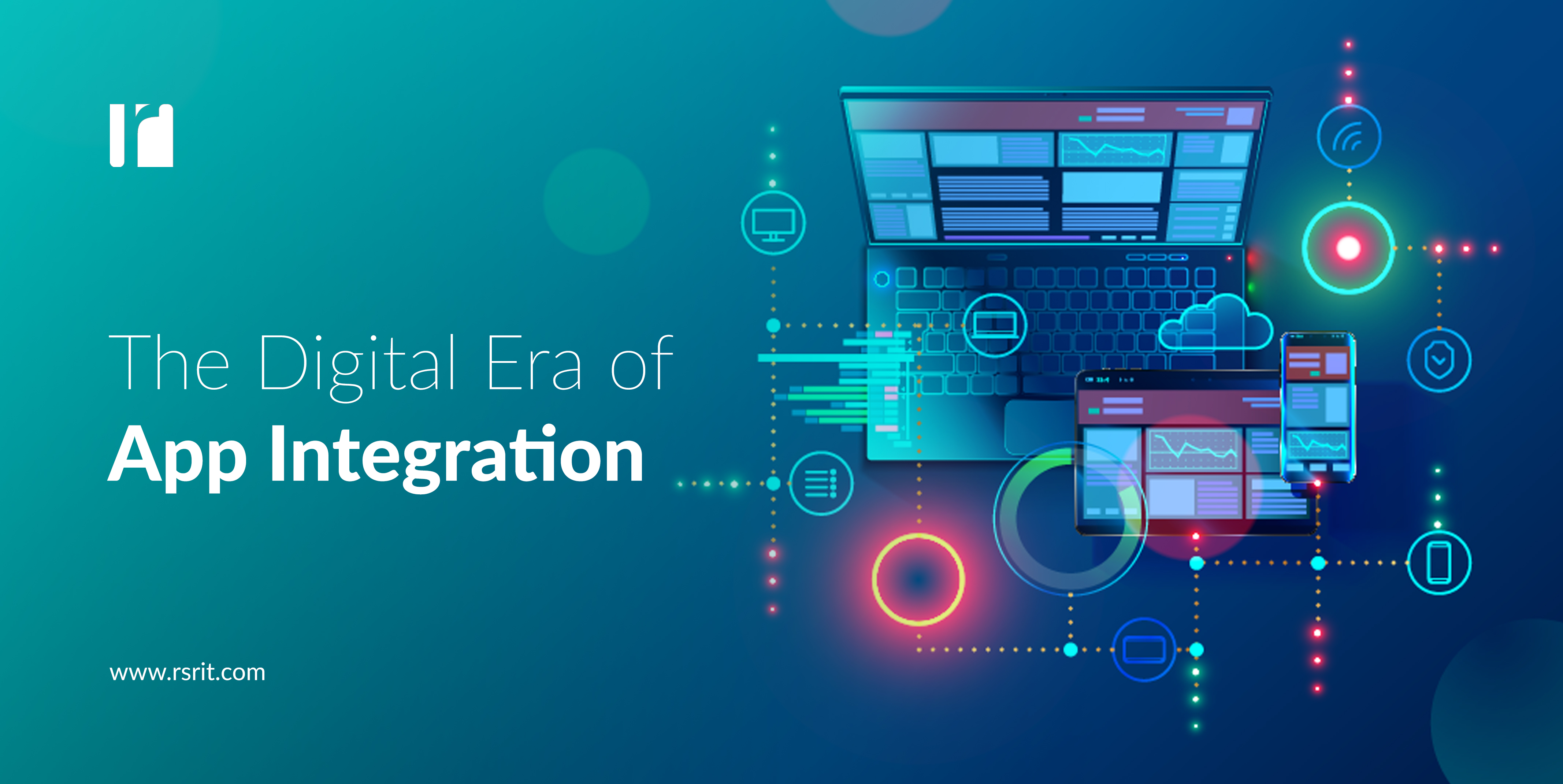Too many organizations see their digital strategies run aground on legacy, standalone applications that create entirely new challenges when asked to operate in a digital environment. These applications usually play a critical organizational role, but without effective integration and modernization they can become critical failure points for a digital strategy.
Common problem areas for legacy applications include ERP, supply chain, inventory, CRM, business intelligence, HR, supply chain management, payroll and other common tools for managing core business functions.
Adding complexity, organizations often integrate these applications with each other on a one-to-one basis to meet specific needs – for instance inventory systems to supply chain management applications, or CRM with finance. Over time, these ad-hoc, one-to-one connections can create a “spaghetti integration” environment that must be mapped and addressed during integration.
It’s this fundamental transition of an organization’s IT ecosystem from a jumble of one-to-one, point-to-point connections to an integrated and universal set of tools that makes for successful application integration.
One key component of this new era of integration is the way in which data formatting and transformation is designed and handled, enabling a “common language” between legacy applications. This function, the digital equivalent of the translators behind the scenes at the United Nations who ensure that all the nations of the world can communicate with each other in real time, is what allows for integration to occur on an as-needed basis. This can bring different functions online on a phased basis if necessary rather than the “one big switch over” model to new applications that was the hallmark of the pre-digital transformation era.
Organizations with legacy applications often envy their younger, more agile competitors without that legacy to deal with. But at the same time, application integration in mature organizations can unlock massive amounts of value from formerly-siloed data sets that newer competitors envy in return. To get the maximum value from bringing legacy systems into the modern day, don’t just stop with the state of the art. Rather, look to the future of machine learning, big data analysis and artificial intelligence, and consider what those immensely powerful tools could accomplish for your organization once they have an integrated digital environment in which to work.
Interested in learning more about application integration and how it can help bring your organization into the digital future? Contact us to find out more.



